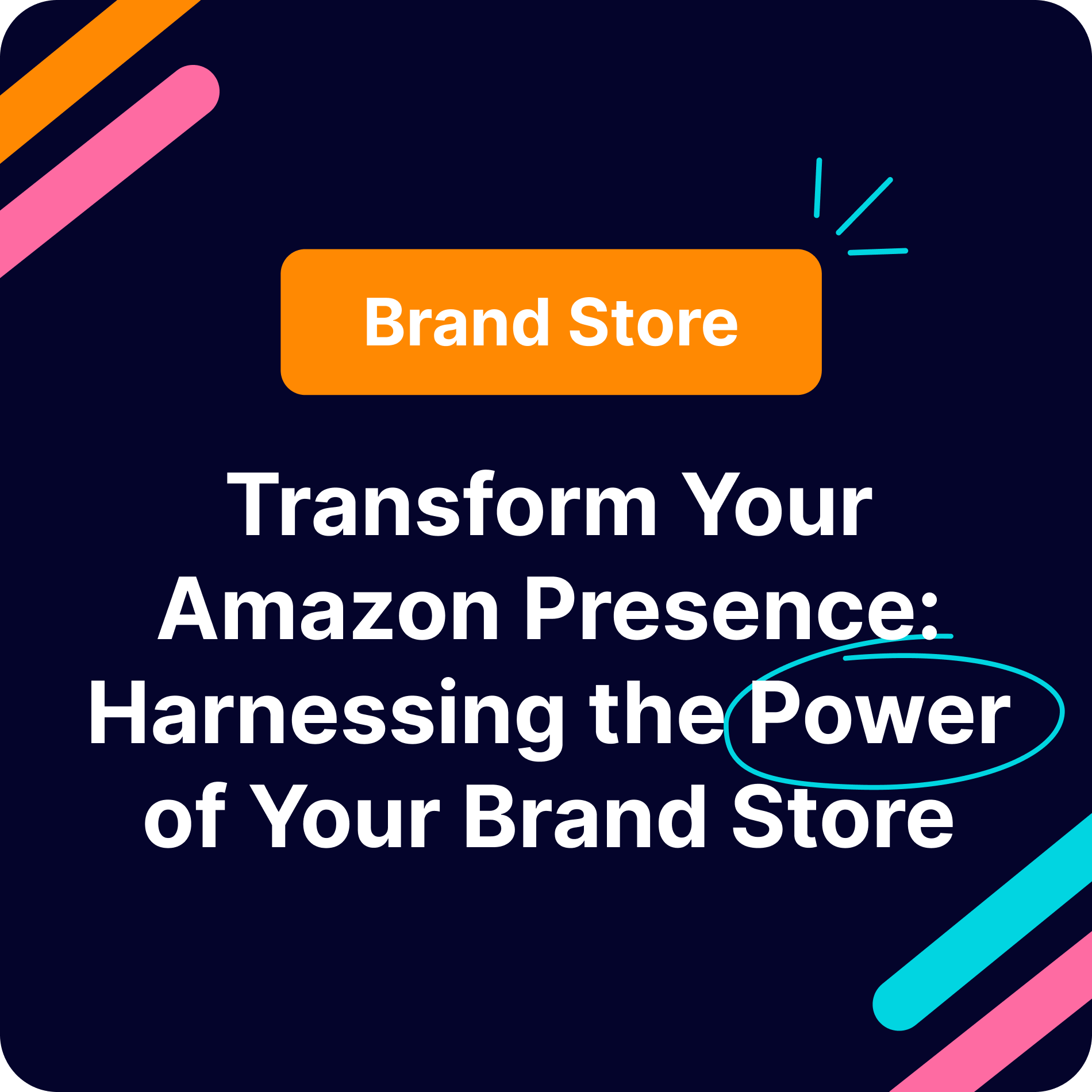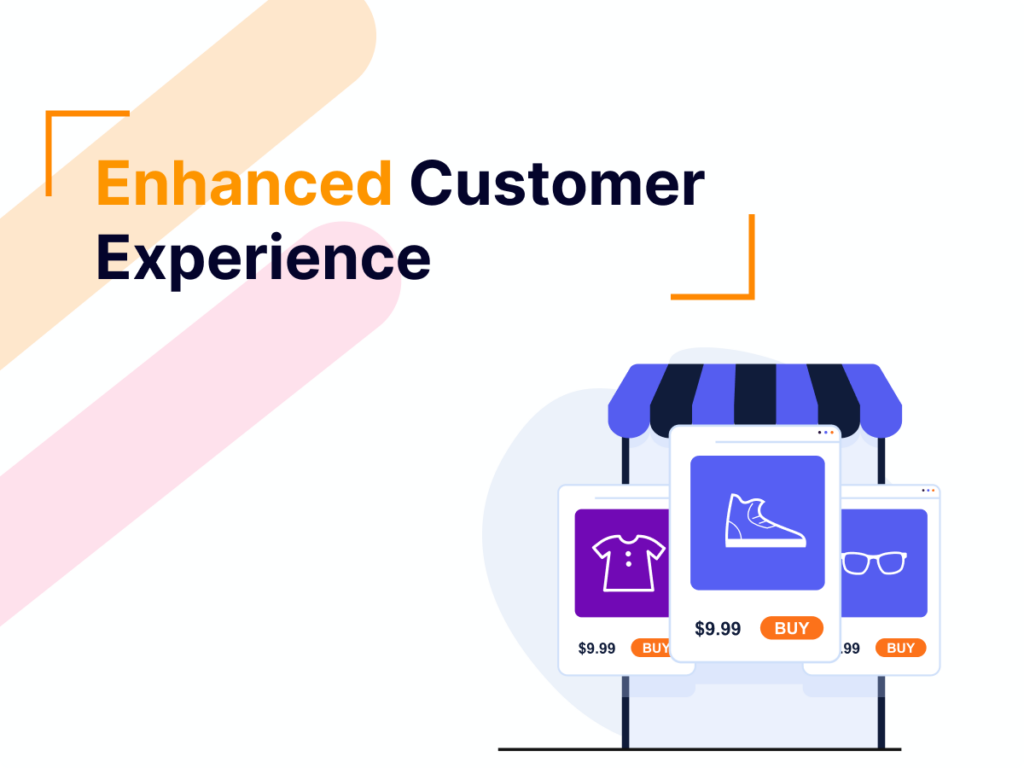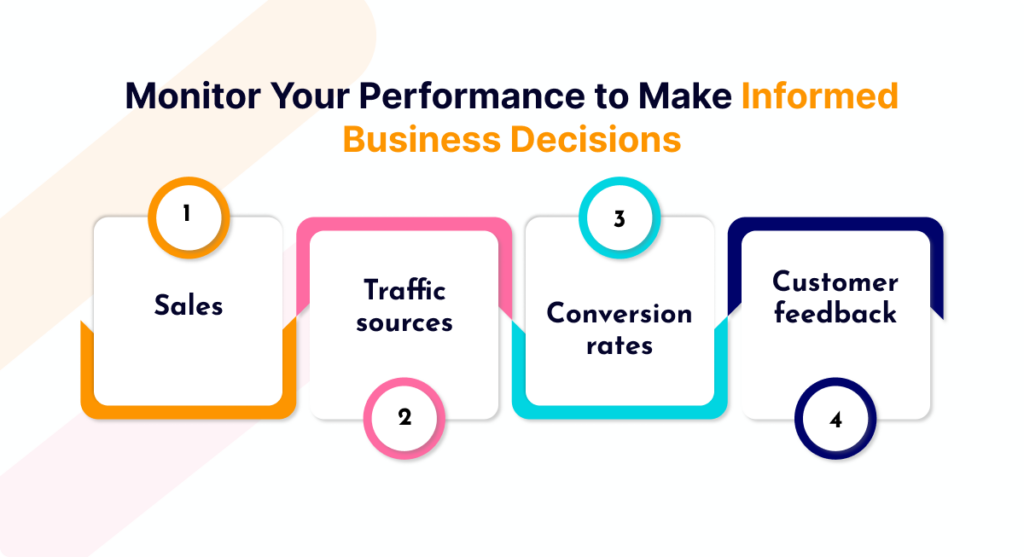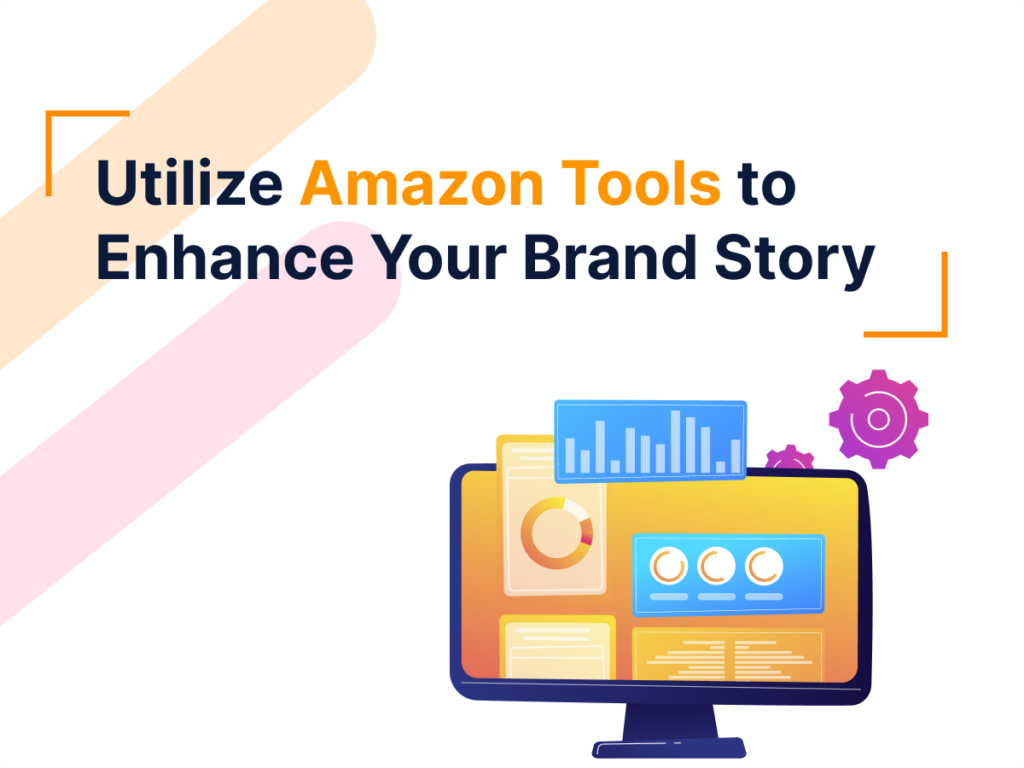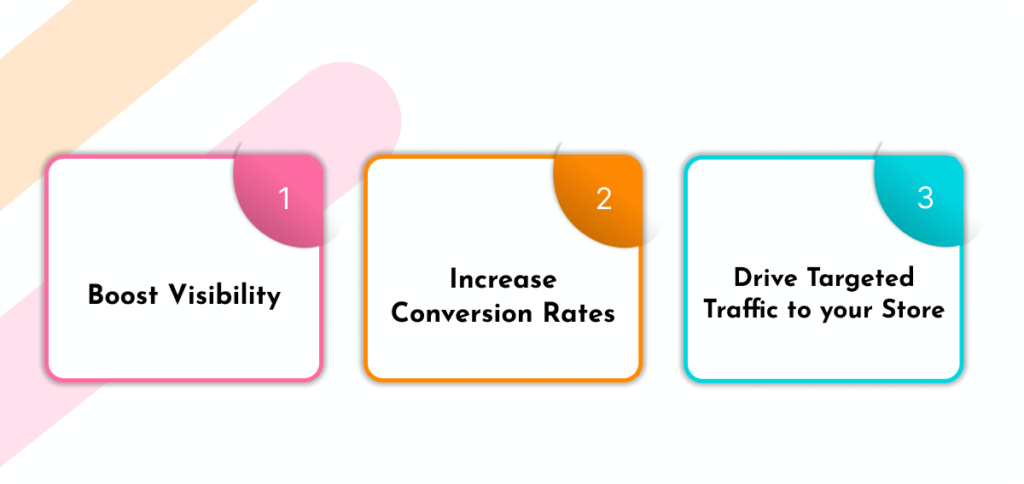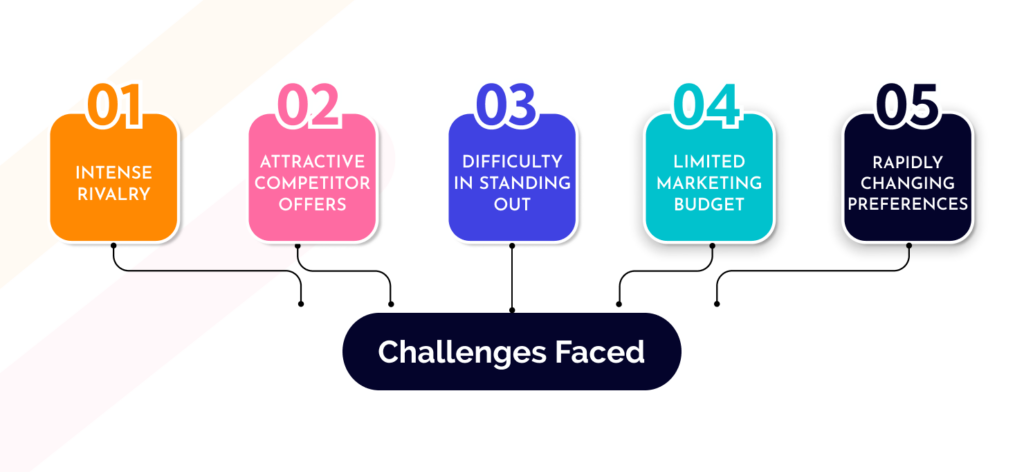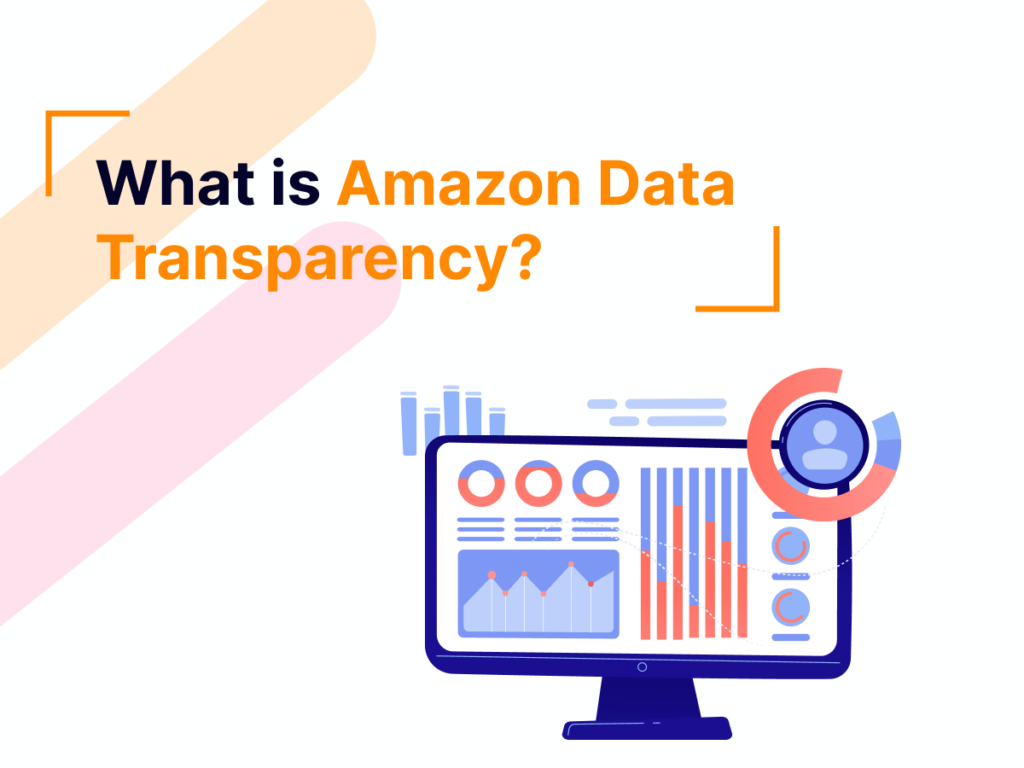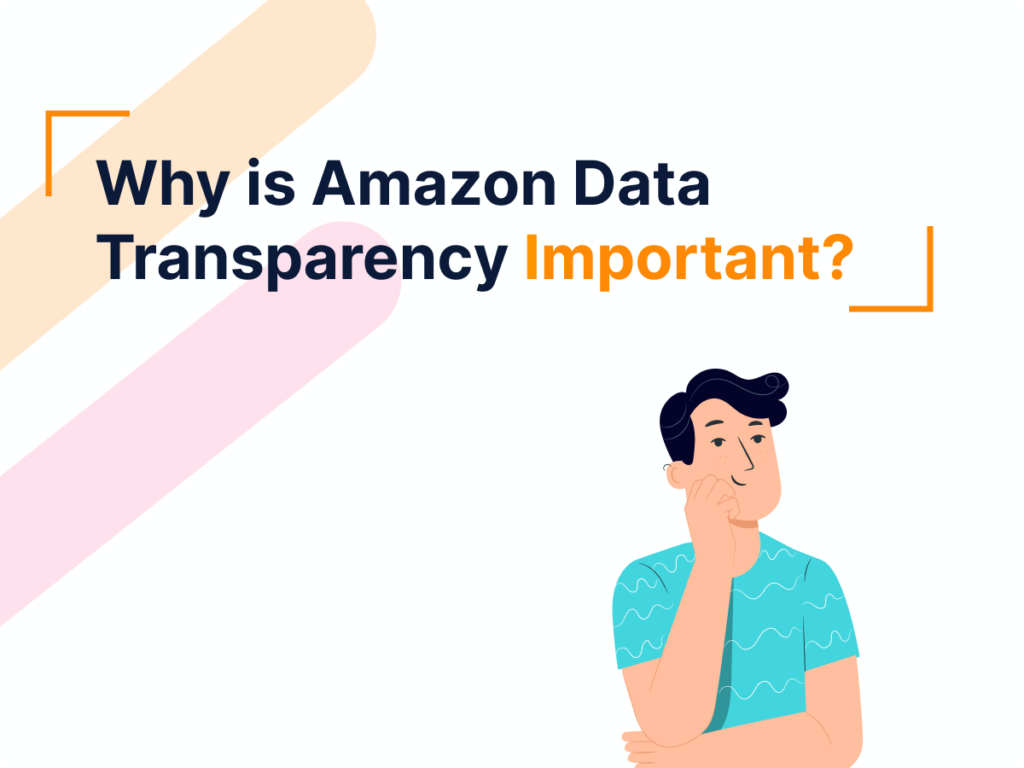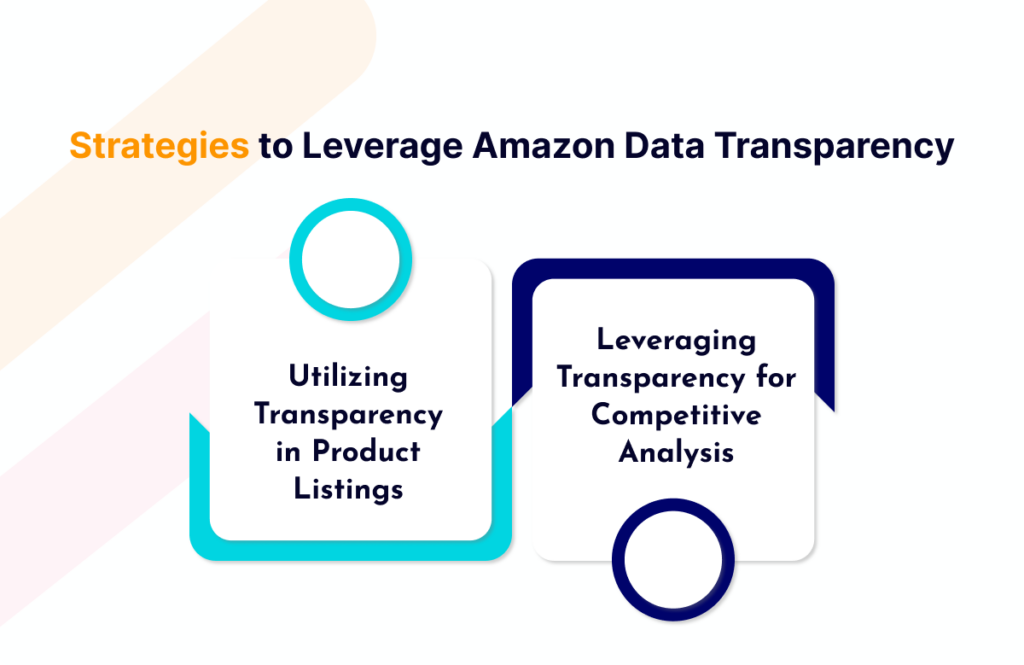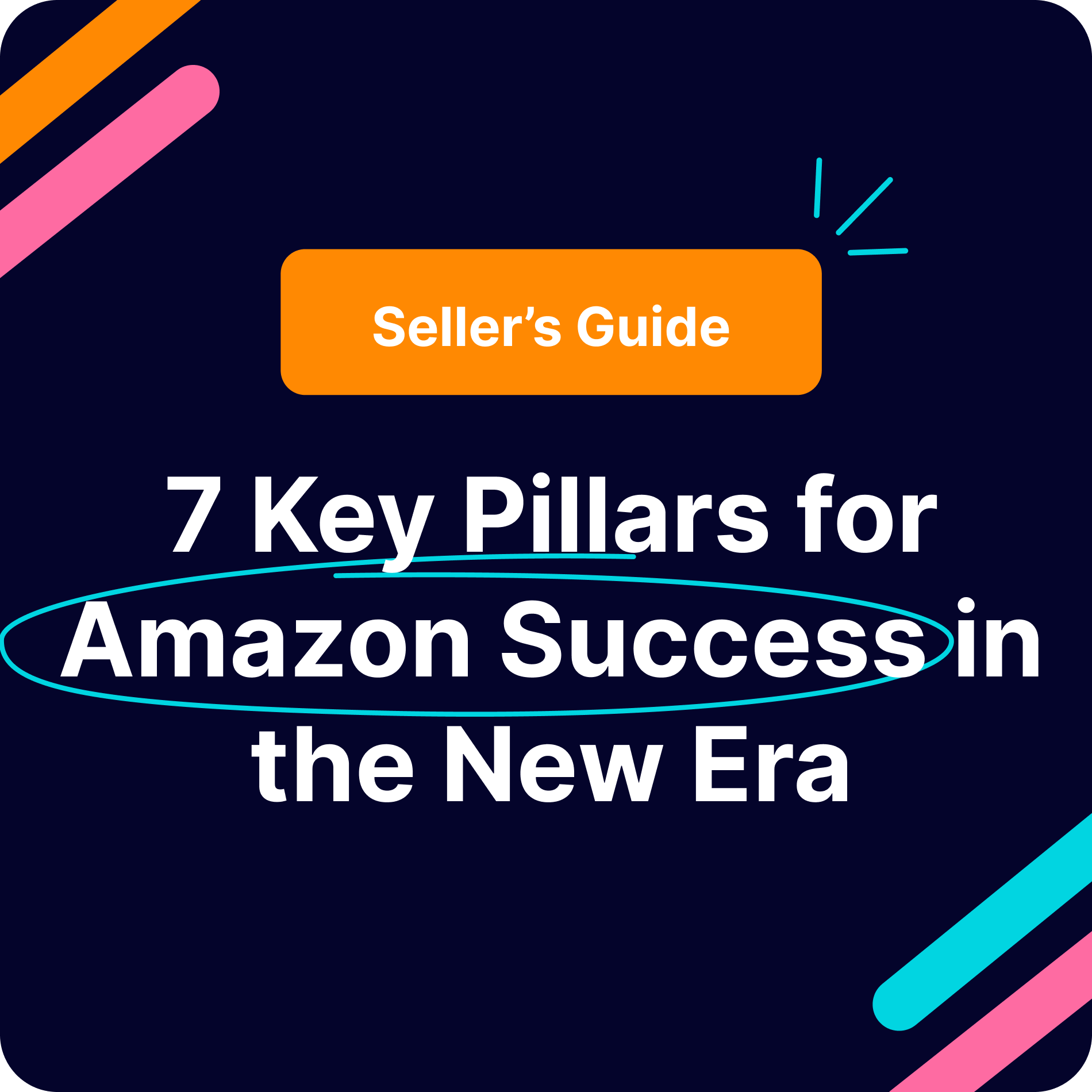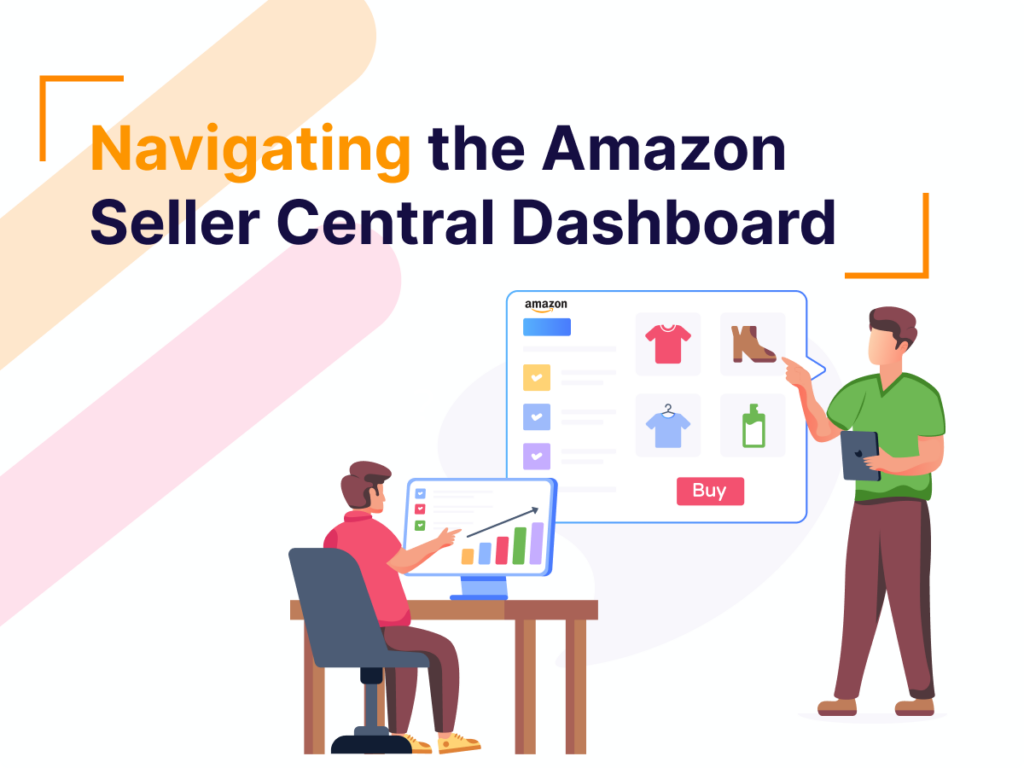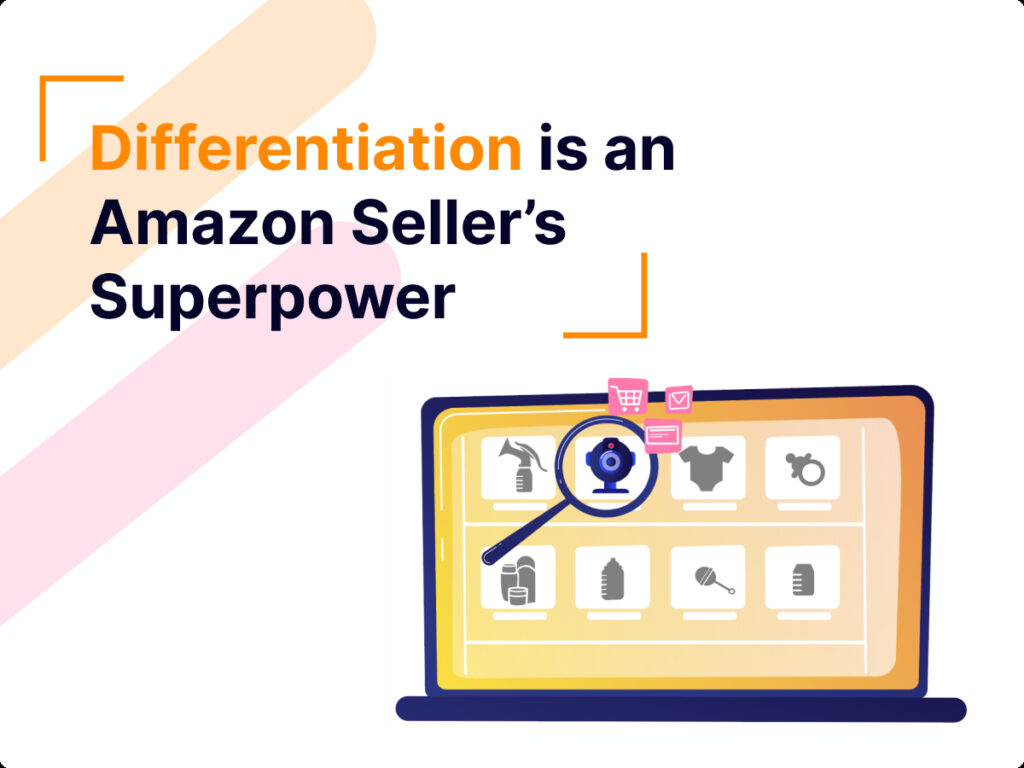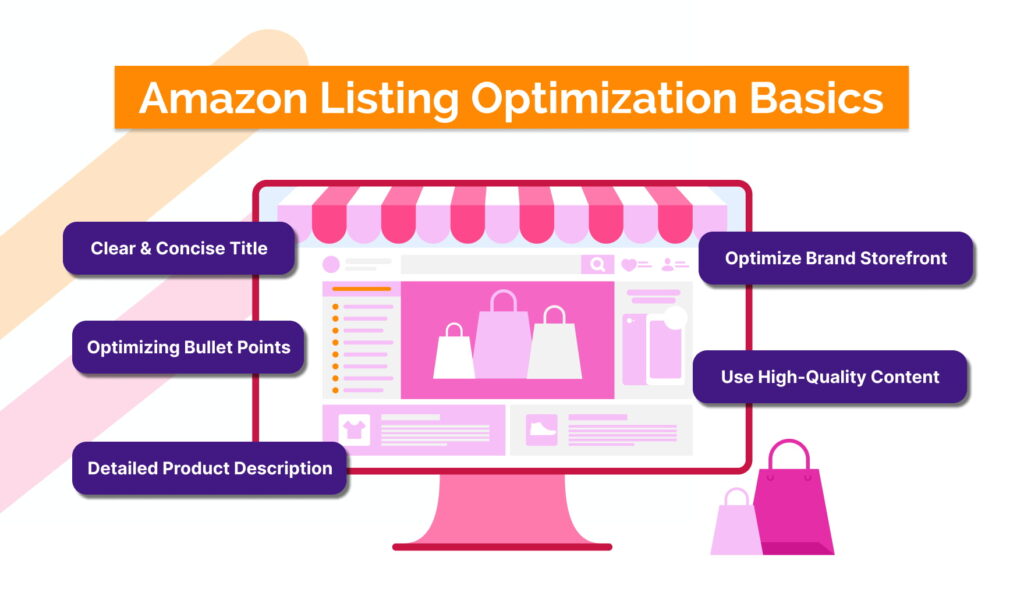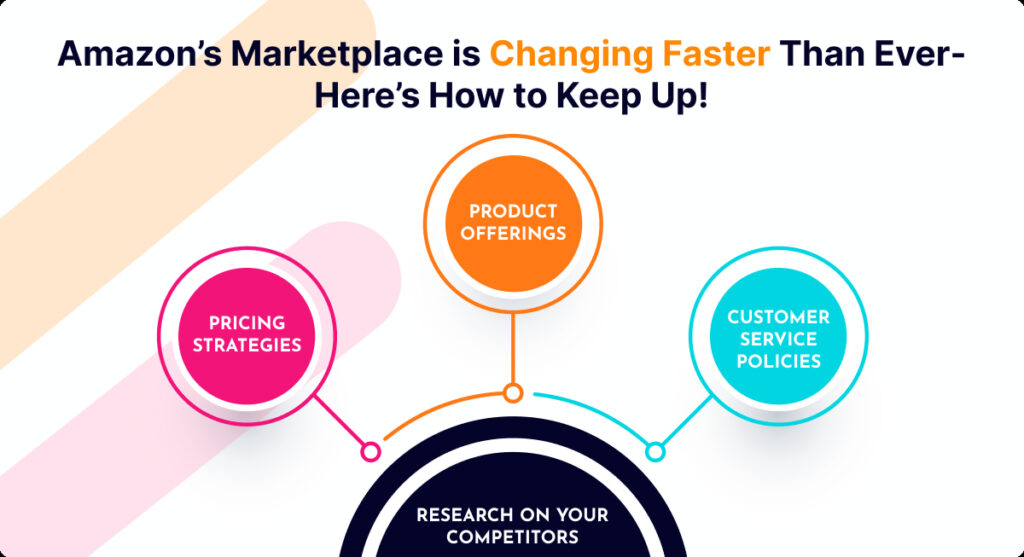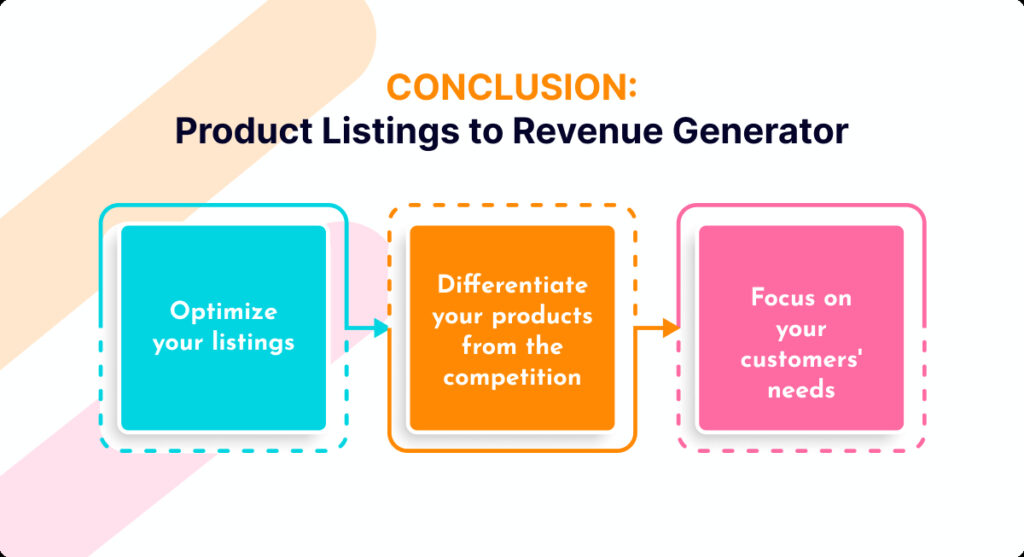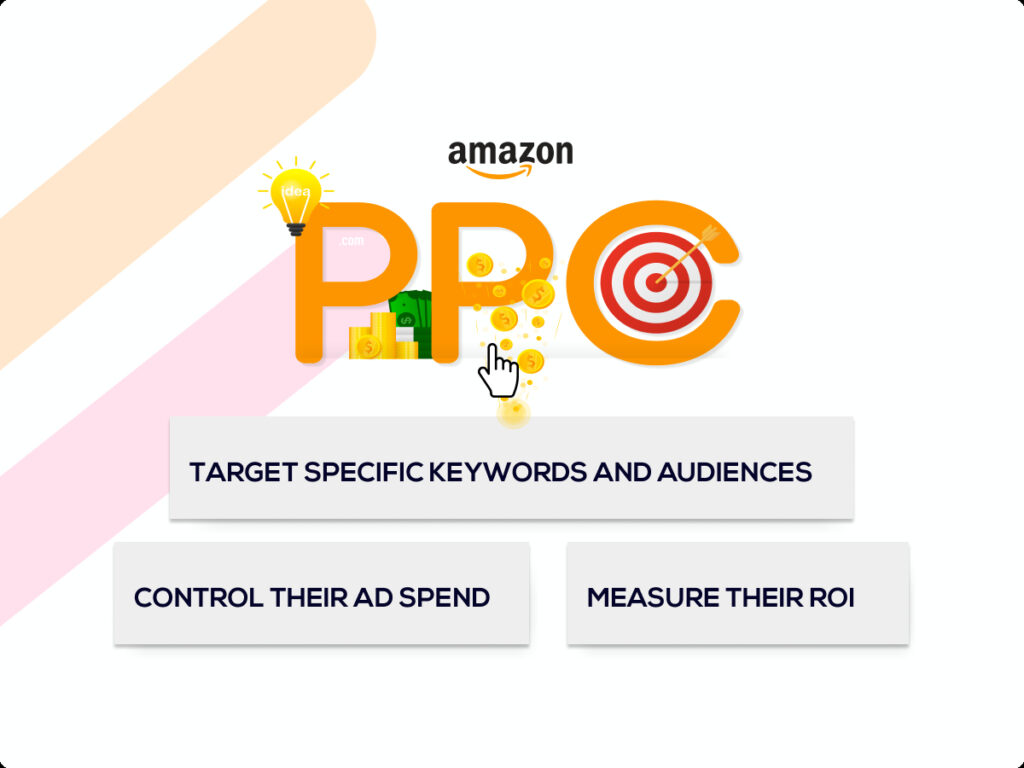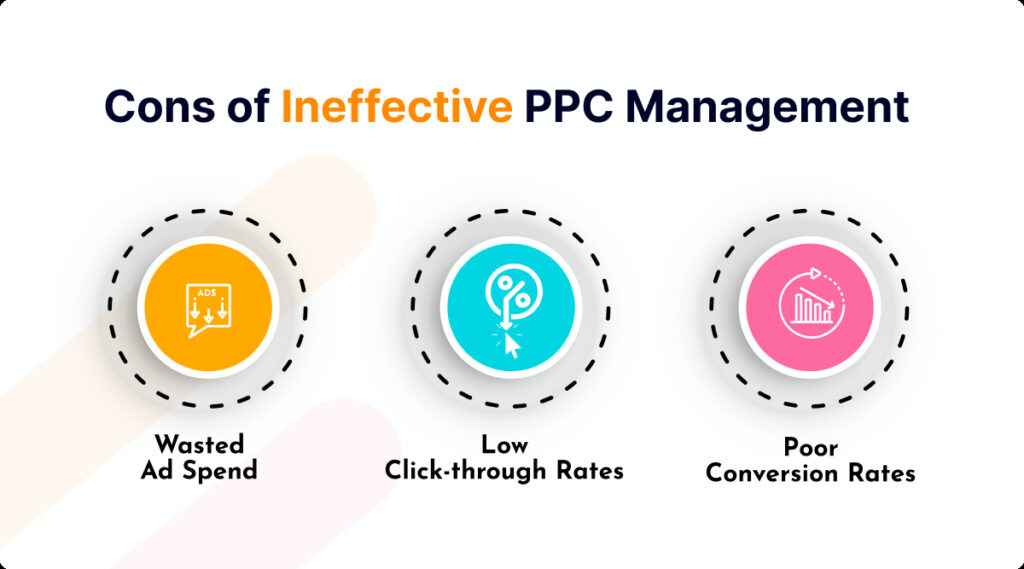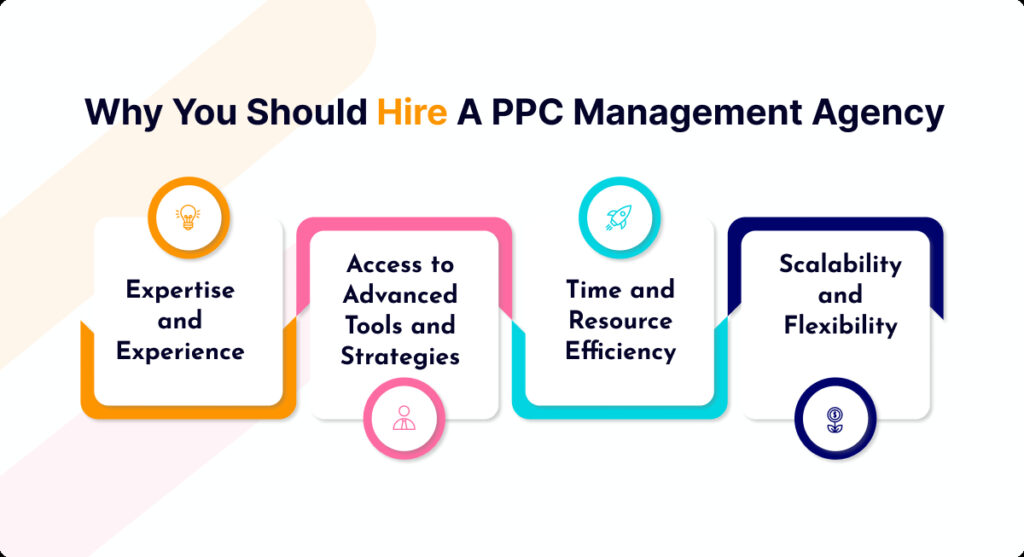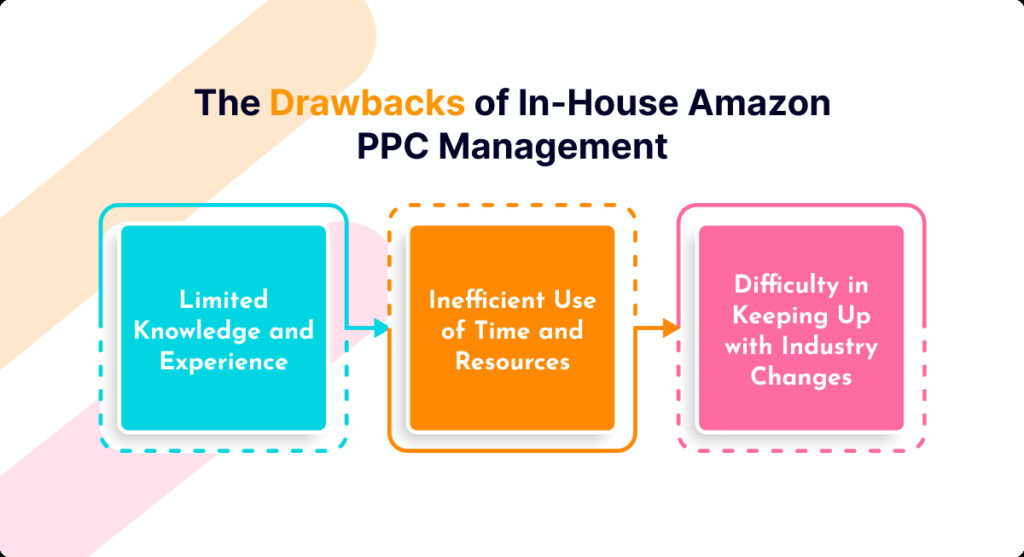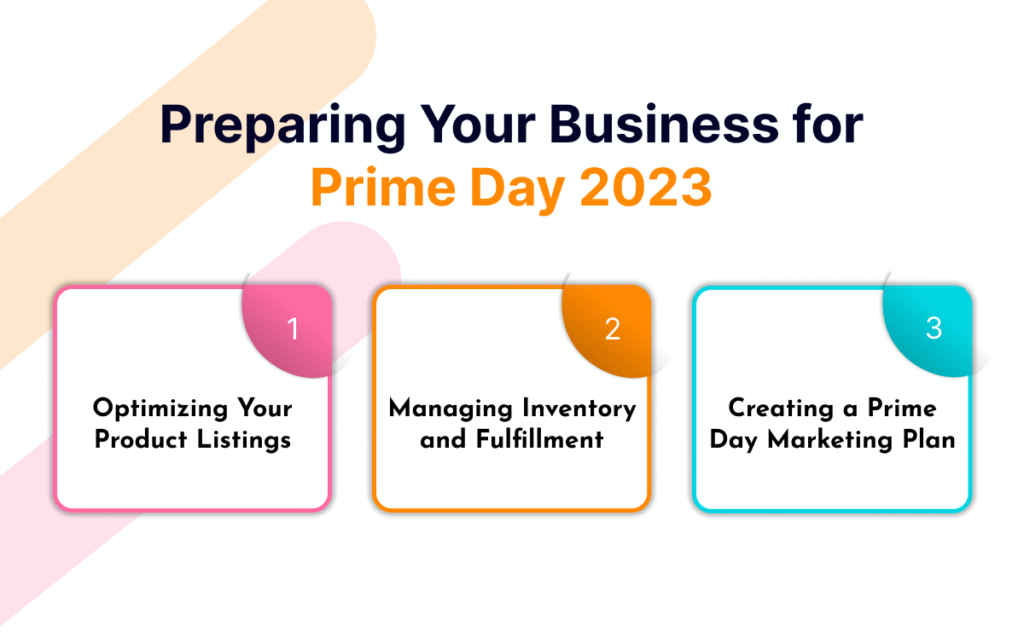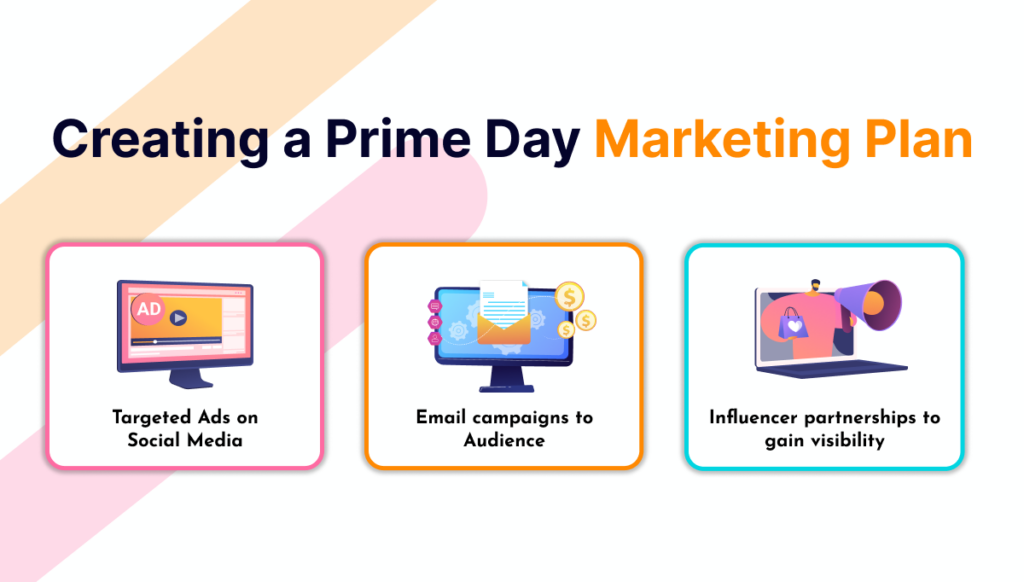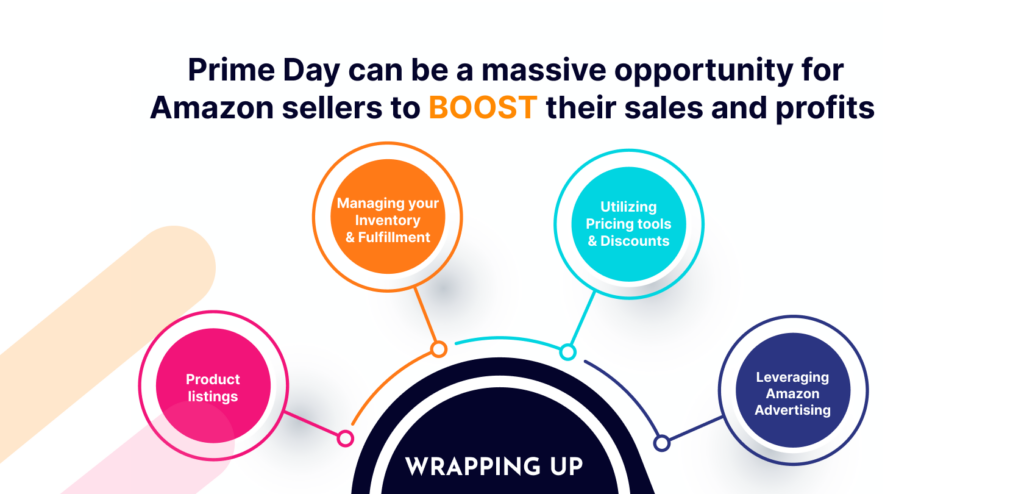
As one of the world’s largest online marketplaces, Amazon is an attractive platform for businesses looking to reach a wider audience.
With Amazon Sponsored Products Ads, brands have a powerful tool for reaching their target customers and increasing sales.
However, many brands make mistakes when using these ads, which can lead to wasted ad spend and poor results.
We will explore the most common Amazon Sponsored Products Ads mistakes and how to avoid them.
Understanding Amazon Sponsored Products Ads

- What are Amazon Sponsored Products Ads?
Amazon Sponsored Products Ads are an essential part of Amazon’s advertising platform that allows brands to promote their products to millions of shoppers on Amazon.
These ads are pay-per-click (PPC) and appear on the search engine results pages (SERPs) and product detail pages.
They help brands reach a wider audience and increase sales by driving traffic to their product pages.
Amazon Sponsored Products Ads are an effective way for brands to showcase their products and reach potential customers.
These ads are designed to look like regular Amazon product listings, but they have a “Sponsored” label on them to differentiate them from the organic search results.
- How do they benefit brands?

Amazon Sponsored Products Ads provide several benefits for brands. By using these ads, brands can:
- Increase product visibility
- Drive traffic to product detail pages
- Improve sales
- Target specific keywords and customer segments
- Improve their return on investment (ROI)
One of the most significant benefits of Amazon Sponsored Products Ads is that they allow brands to target specific keywords and customer segments.
This means that brands can create highly targeted campaigns that reach the right customers at the right time.
By targeting specific keywords, brands can ensure that their ads are only shown to shoppers who are actively searching for products like theirs.
Another benefit of Amazon Sponsored Products Ads is that they can help to increase the relevancy of a brand’s ads.
By targeting specific customer segments, brands can ensure that their ads are shown to shoppers who are most likely to be interested in their products.
This can help improve the ads’ click-through rate (CTR) and their ROI.
Overall, Amazon Sponsored Products Ads are an excellent way for brands to increase their visibility, drive traffic to their product pages, and improve their sales.
By using these ads, brands can reach a wider audience and increase their revenue on Amazon.
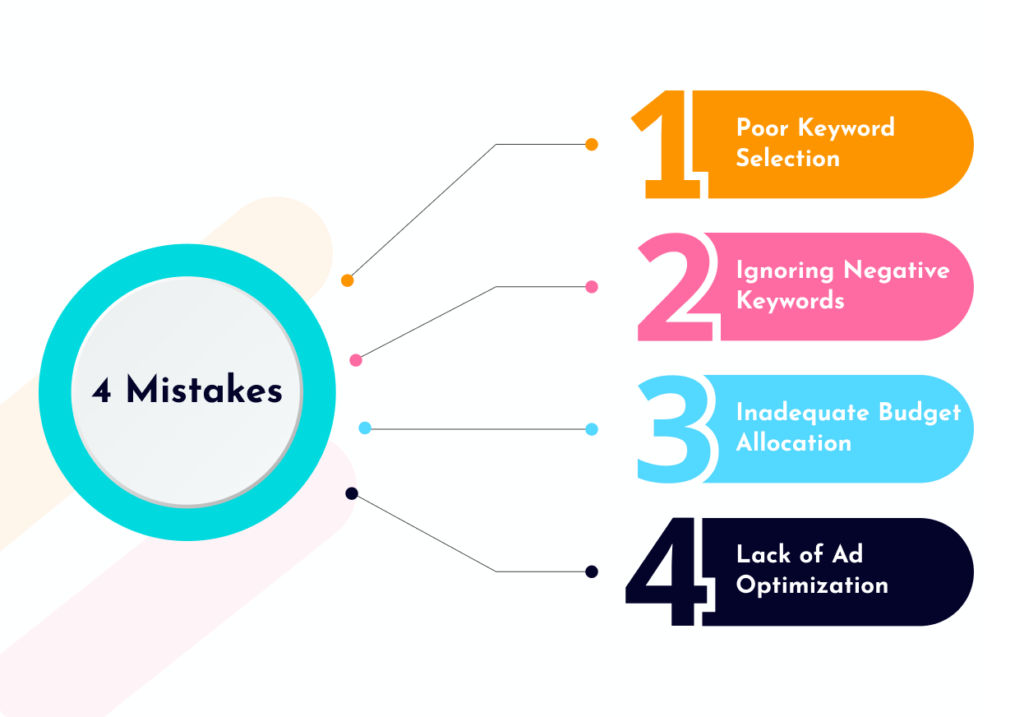
Mistake 1: Poor Keyword Selection
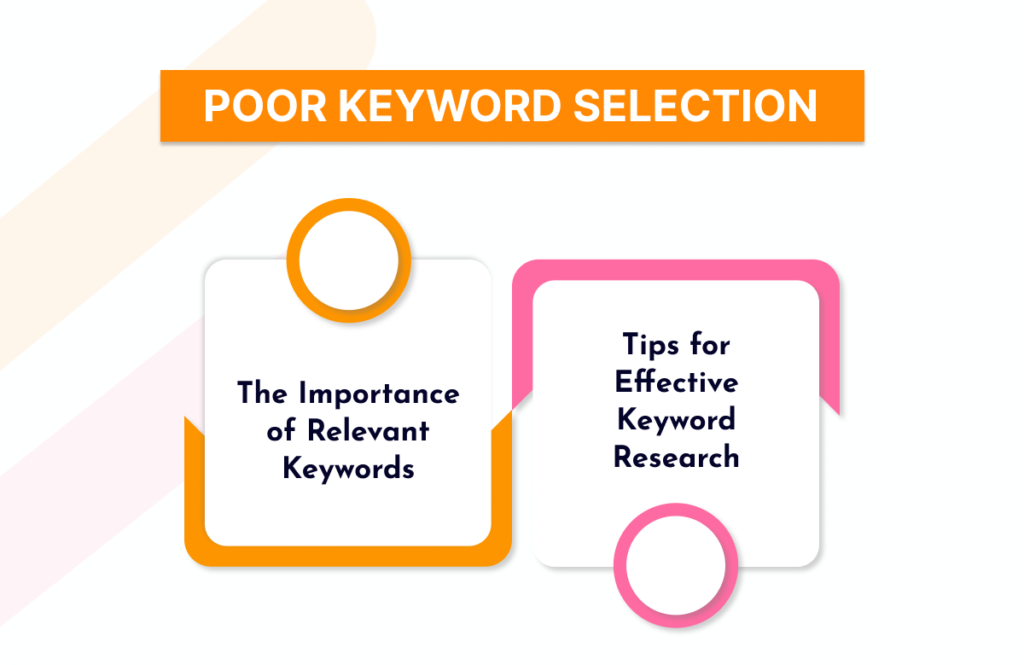
- The importance of relevant keywords
One of the biggest mistakes that brands make is poor keyword selection.
Relevant keywords are critical to the success of Amazon Sponsored Products Ads because they determine when and where the ads will appear in search results.
Brands that choose irrelevant keywords are wasting their ad spend because their ads will not be seen by their target audience.
It’s important to choose keywords that are not only relevant to your product but also to your target audience.
For example, if you are selling organic baby food, you wouldn’t want to choose keywords that are related to adult weight loss.
Instead, you would want to focus on keywords that are relevant to new parents, such as “organic baby food,” “baby food pouches,” and “healthy baby food.”
- Tips for effective keyword research
To avoid this mistake, brands should conduct thorough keyword research to identify the most relevant keywords for their products.
They should consider factors such as search volume, competition, and relevance to their target audience.
A tip for effective keyword research is to look at your competitors’ keywords. This can give you insight into what keywords are working for them and help you identify new keywords to target.
Overall, effective keyword research is essential for the success of your Amazon Sponsored Products Ads.
By choosing relevant keywords and conducting thorough research, you can increase your visibility and reach your target audience more effectively.
Mistake 2: Ignoring Negative Keywords
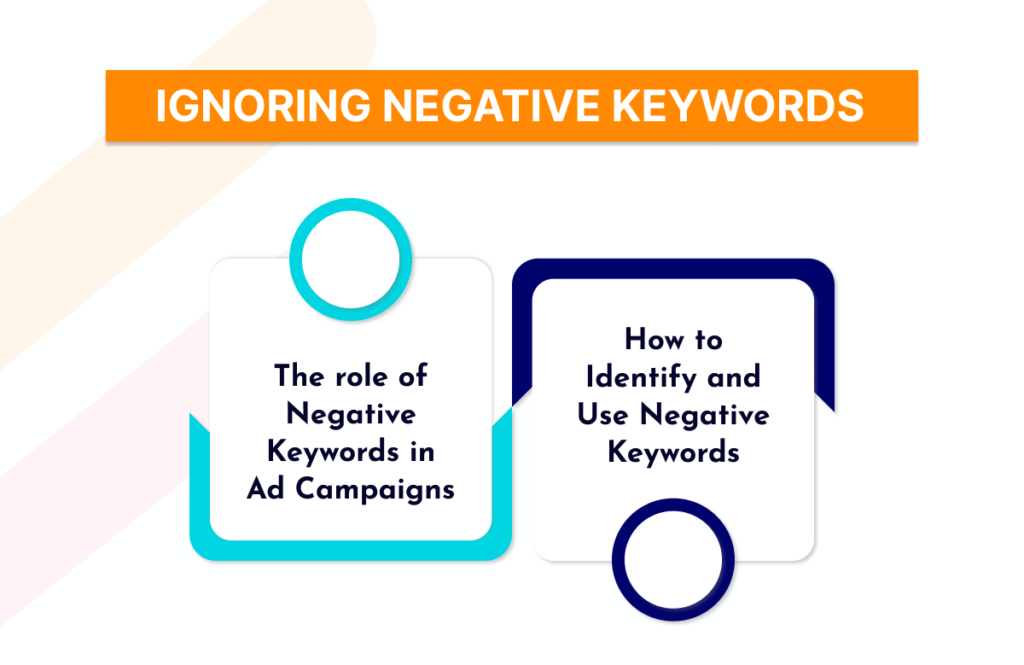
- The role of negative keywords in ad campaigns
Another common mistake is ignoring negative keywords
Negative keywords are keywords that a brand does not want their ads to appear for. Ignoring negative keywords can lead to wasted ad spend and can also result in irrelevant clicks and lower conversion rates.
For example, if a company sells luxury watches, they may not want their ads to appear for searches related to cheap or affordable watches.
By adding these keywords as negative keywords, the company can ensure that their ads only appear for relevant searches.
- How to identify and use negative keywords
To avoid this mistake, brands should identify and add negative keywords to their campaigns.
Negative keywords can be identified by reviewing search term reports and identifying keywords that are not relevant to the brand’s products.
These keywords can then be added to the campaign’s negative keyword list to prevent the ads from appearing for these searches.
Mistake 3: Inadequate Budget Allocation

When it comes to Amazon Sponsored Products Ads, budget allocation is a crucial factor that can make or break your campaign.
One of the most common mistakes that brands make is allocating an inadequate budget for their ads. This mistake can have a significant impact on the success of your campaign.
- Determining the right budget for your ads
Before you start your campaign, it’s essential to determine the right budget for your ads.
This involves careful consideration of your campaign goals, target audience, and the competition in your niche.
By doing so, you can ensure that your ads are visible enough to reach your target audience and generate sales.
One way to determine the right budget for your campaign is to use Amazon’s bidding system.
With this system, you can set a maximum bid for each keyword, and Amazon will automatically adjust your bids to help you win the auction and show your ads to potential customers.
- Monitoring and adjusting your ad spend
Once you’ve set your budget, it’s crucial to monitor your ad performance regularly.
This will help you determine if your ads are generating the desired results or if you need to adjust your budget.
For example, if your ads are not generating enough impressions or clicks…
You may need to increase your budget to make them more visible to your target audience.
On the other hand, if your ads are generating a lot of clicks but not converting into sales…
You may need to adjust your targeting or ad copy to make them more appealing to your target audience.
By monitoring your ad performance and adjusting your budget accordingly, you can ensure that your ads are generating the best possible results for your campaign.
In conclusion, allocating an adequate budget for your Amazon Sponsored Products Ads is crucial for the success of your campaign.
By carefully considering your campaign goals and monitoring your ad performance..
You can ensure that your ads are visible enough to reach your target audience and generate sales.
Mistake 4: Lack of Ad Optimization
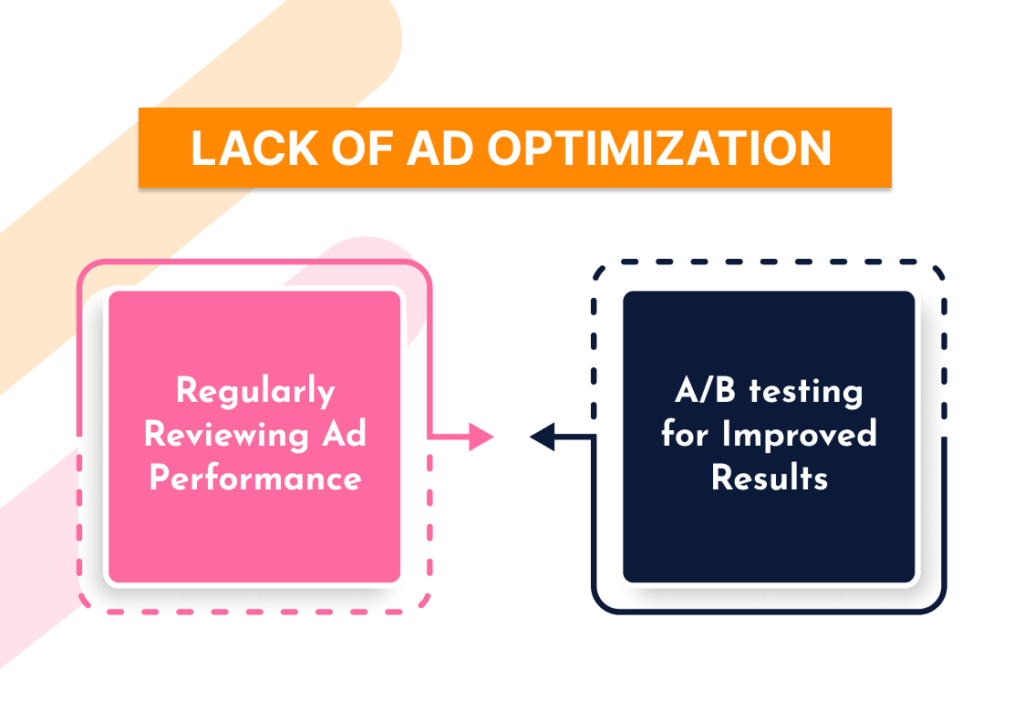
- Regularly reviewing ad performance
One of the most important aspects of running a successful ad campaign is regularly reviewing ad performance.
Brands that fail to do so may miss out on opportunities to improve their results and generate more sales.
By regularly reviewing ad performance, brands can identify areas for improvement and make data-driven optimization decisions.
Regularly reviewing ad performance can also help brands stay on top of changes in the market and adjust their ad campaigns accordingly.
For example, if a new competitor enters the market, a brand may need to adjust its ad targeting or messaging to stay competitive.
- A/B testing for improved results
In addition to regularly reviewing ad performance, brands should also use A/B testing to identify the most effective ad elements.
A/B testing involves creating two versions of an ad with one element changed (such as the image or headline)
and then testing them to see which version performs better.
By using A/B testing, brands can make data-driven optimization decisions and improve their ad performance.
For example, if a brand is running an ad campaign with multiple images,
it can use A/B testing to identify which image is most effective at driving clicks and conversions.
Overall, regularly reviewing ad performance and using A/B testing is essential for brands that want to optimize their ad campaigns and generate more sales.
Conclusion
Amazon Sponsored Products Ads offer brands a powerful tool for reaching their target customers and generating sales.
However, avoiding common mistakes is critical to the success of these ads.
Brands that conduct thorough keyword research, use negative keywords, allocate sufficient budget, and regularly optimize their ad campaigns..
Will definitely see the best results from their Amazon Sponsored Products Ads.

